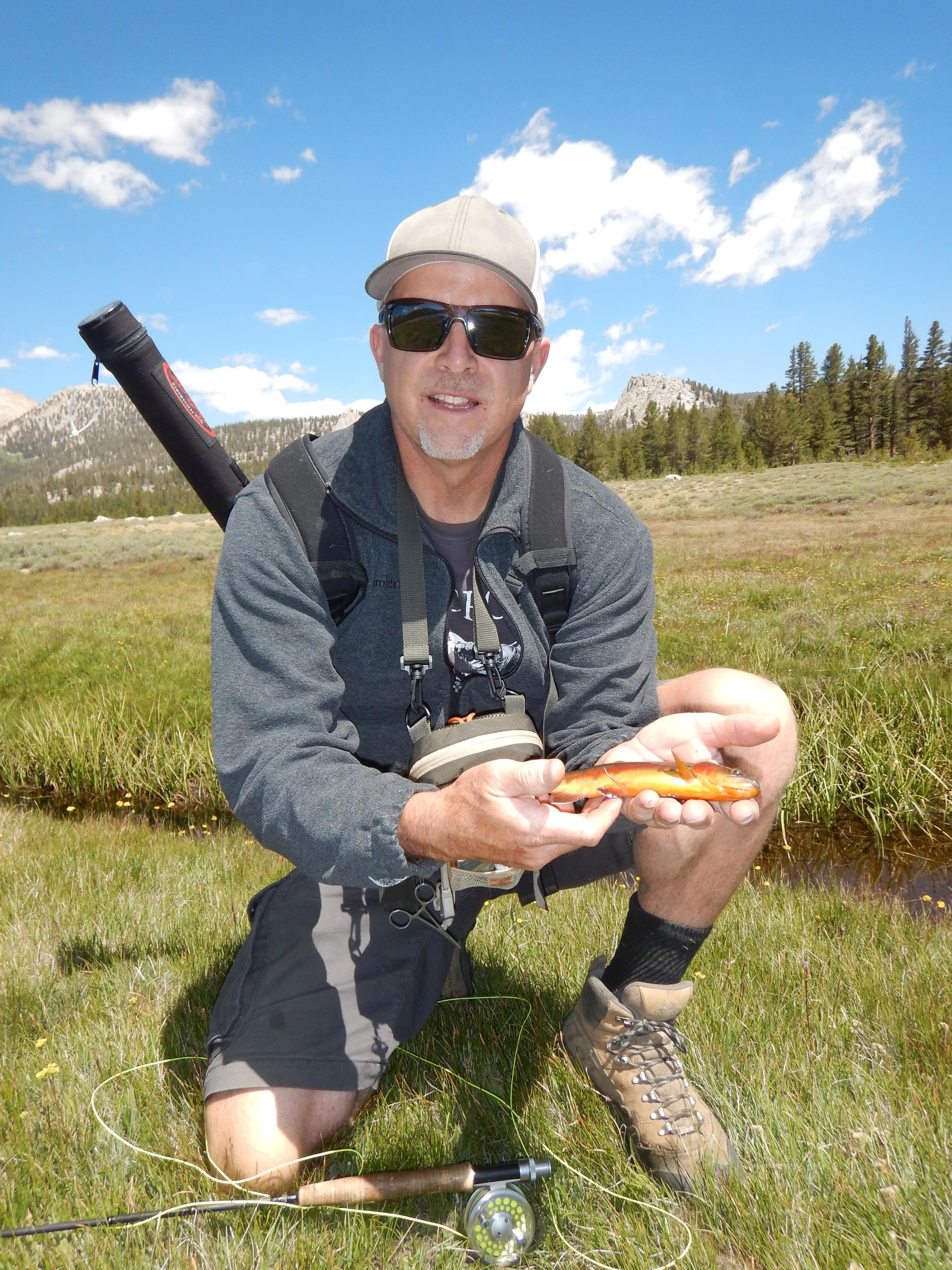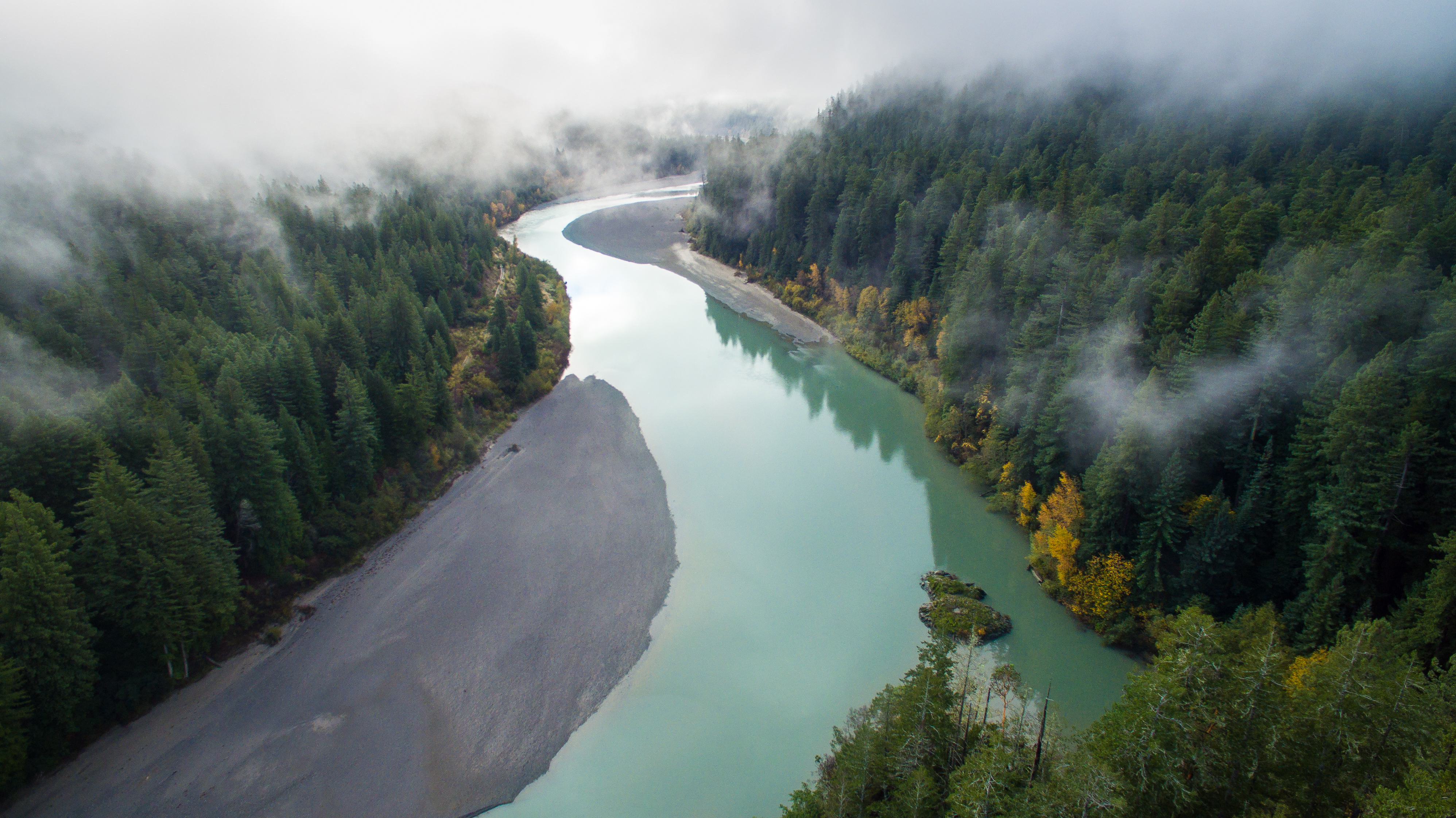Here Our Are Favorite Stories Of 2018
Happy New Year and I hope starting at midnight tonight all of your 2019 resolutions come true. But we can’t watch that ball drop without remembering some of the most memorable stories from 2018. So here’s a little job down memory lane:
Profile of country music performer, outdoorsman and new vintner Craig Morgan, (January)
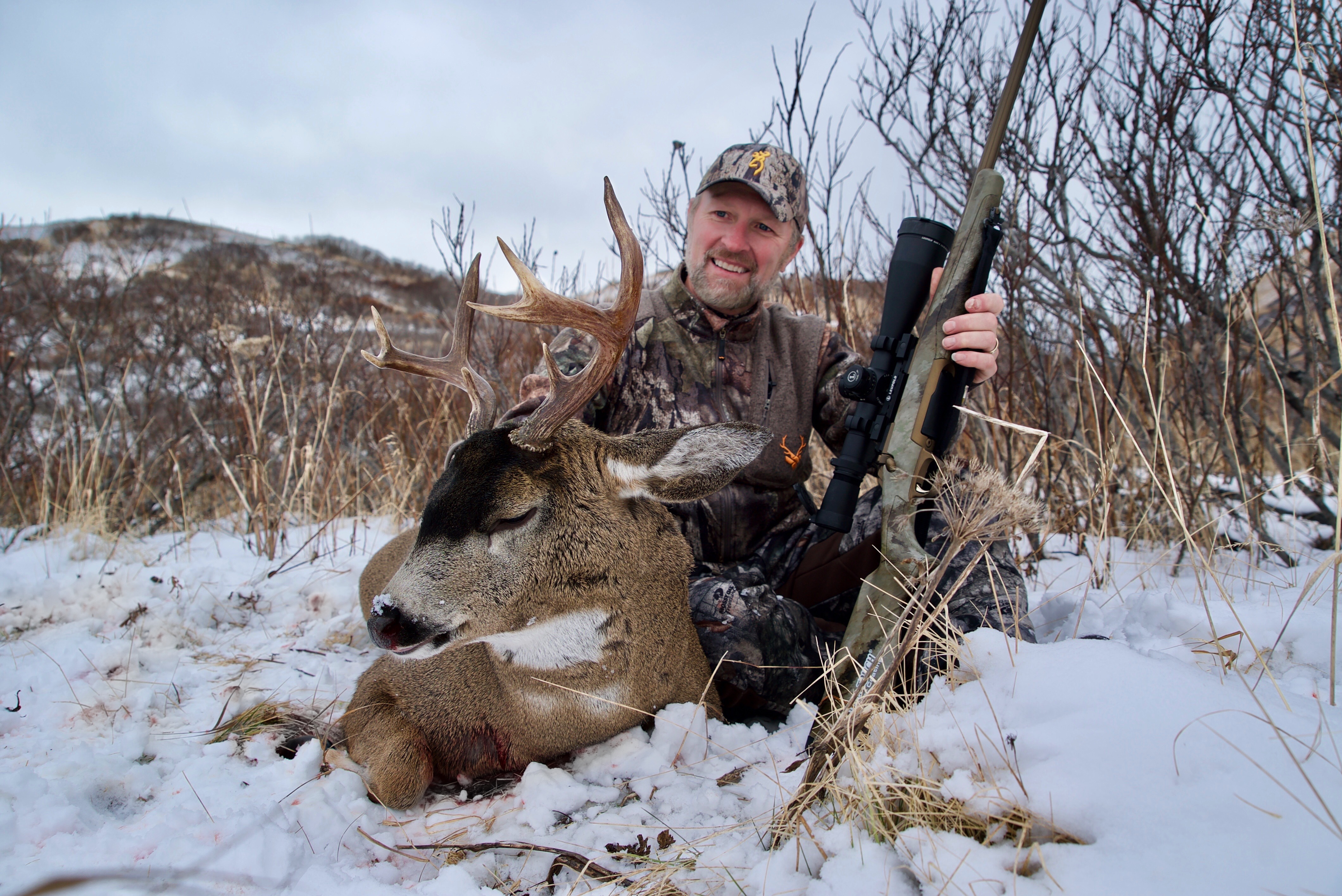
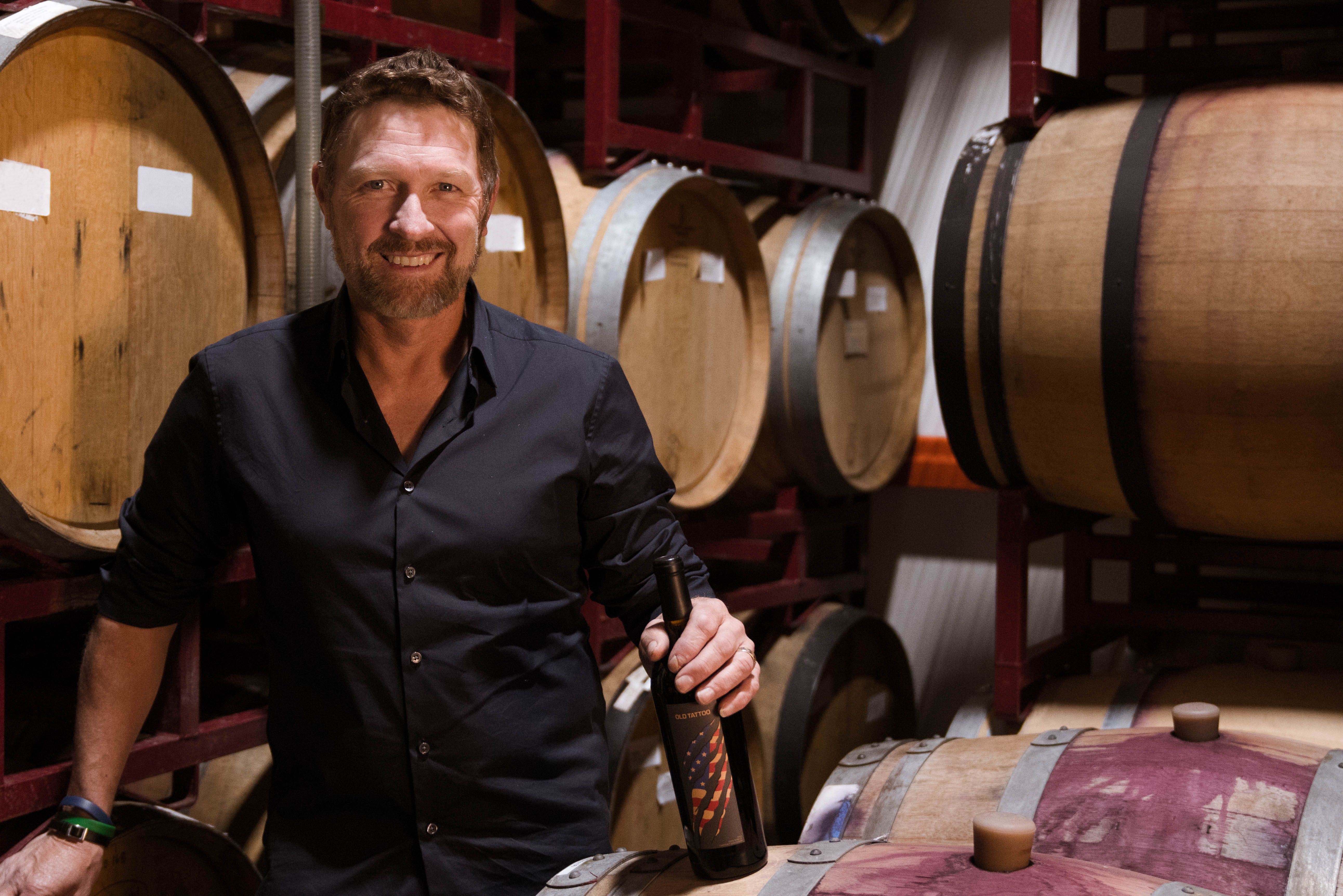
Craig’s family – like many in that part of the country – had a passion for hunting. But it was far more than just the sport of it that got his parents outside.
“As much as they enjoyed it and it that was it was local and on public land, it was really for the meat,” Craig says. “My family and parents weren’t trophy hunting; they were hunting for the meat.”
“We were eating organic before organic was a term. But it was out of necessity more than a choice. When you’re born into a lower-middle class income family, you have to do those kinds of things. So we grew up eating wild game or pork from pigs that we had raised ourselves. We had a better idea of what was going into our bodies than most.”
That lifestyle never left Morgan’s mind as he progressed on into his own path – first during 17 years in the Army and then has his singing career elevated him into a fixture on the Nashville music scene.
“Now I’m in a position in my life where I can afford to go buy what I want to eat, but I choose to hunt because I know the meat that getting is going to be better for me,” he says. “It’s going to be cleaner. We try to use that term a lot in our house: eating clean. But it was very much a part of my life and still is, probably more so today than it was then.”
As his career took off, Morgan’s passion for hunting scored him a gig as host of Craig Morgan: All Access Outdoors, an Outdoor Channel series that chronicles adventures from around the globe.
Among the most memorable episodes was a California turkey hunt with friend and former major-league baseball player Ryan Klesko.
“We donated a hunt with he and I to the (National Wild Turkey Federation), and I’ll never forget that the lady who bought the hunt; she was so excited to be out hunting with Ryan and I,” Morgan says. “We all killed turkeys and it was just a phenomenal hunt (near San Francisco). It was awesome because we hunted for a few days and then got to visit all the wineries.”
Brittany Boddington on hunting ibex in Central Asian nation Kyrgyzstan (February)
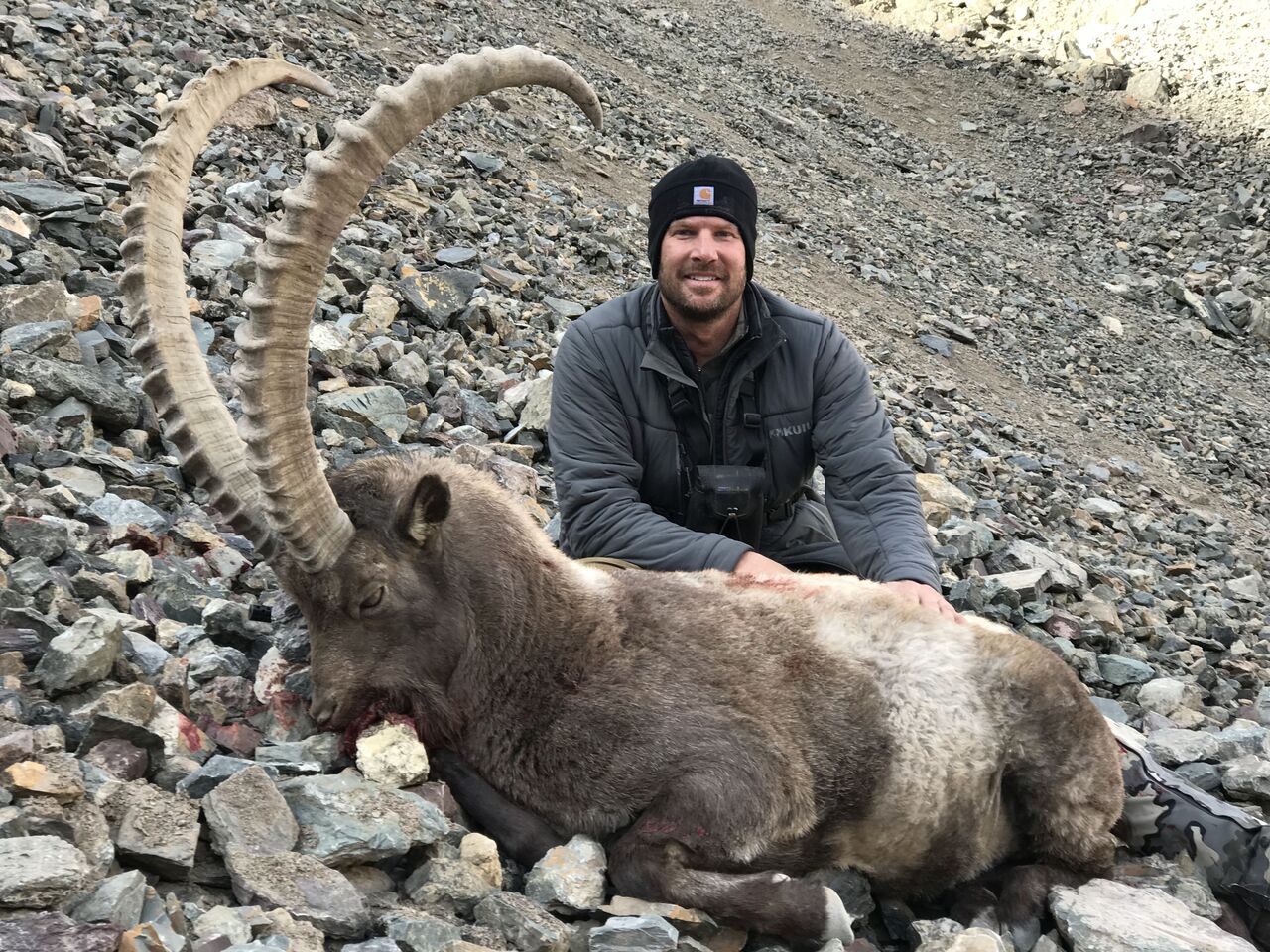
There were frozen waterfalls from a once cascading mountain stream that we were crossing on horses, which slipped and tripped and had me holding my breath most of the way up. I kept thinking the whole time of how awful it would be to come back down.
Atop of the valley I got to play the waiting game again after the guys took off toward the top of the mountain with hopes to catch sight of an ibex. Through a few saddles they finally located two males feeding and one sleeping on the top of a ridgeline that was below the ridge the guys were on.
Everyone had to rock climb around the face of the mountain to get a better view and make sure that the males they could see were mature. They found the best spot they could, though it was still pretty precarious. Brad got set up with one bipod leg fully extended and one as short as possible and perched himself on a rock in the most uncomfortable shooting position imaginable. Fortunately the ibex had no idea they were there so he got as steady as possible.
The shot went off and all three ibex took off, but they assumed the shot came from below and ran uphill toward the hunters. The ibex went out of sight and then came back into view while coming straight at Brad, who had lost sight of his ibex.
He called out, “Which one?” to the guide, although the language barrier prevented an answer.
Tim Hovey on catching bass for a survey (March)
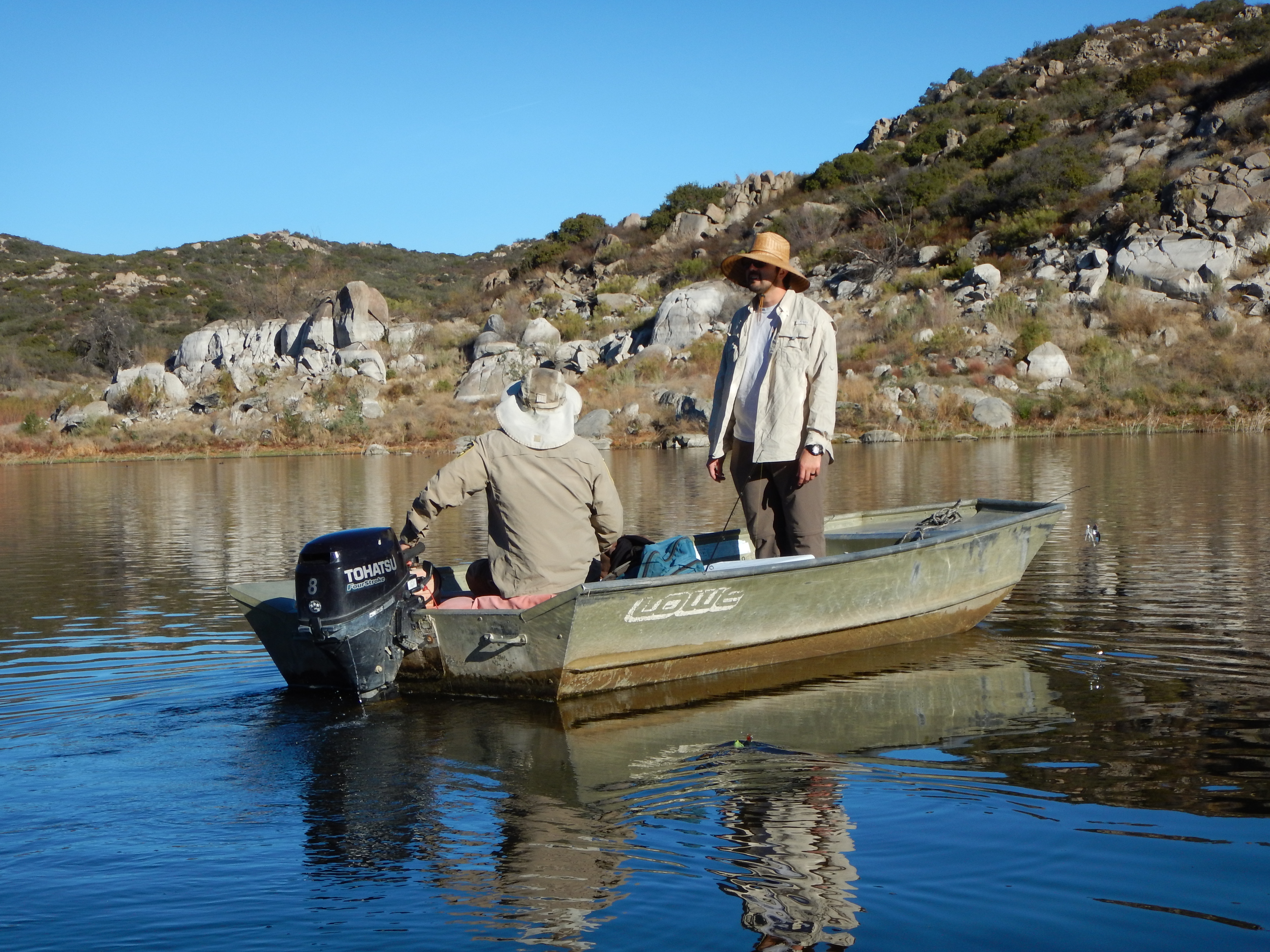
We fished hard for another hour without a bite. Russ had mentioned that we needed to be off the lake by 3 p.m., and with two fish in the tank, we decided to head back to the dock.
I parked the boat and we offloaded our catch. A few members of Russ’ group grabbed our fish and began inspecting them carefully.
Species that qualify as subspecies, or strains, of one another can differ slightly in many different ways. In the case of the largemouth bass, the true Northern strain has a different number of lateral line scales than the Florida strain.
Members of the fish inspection group carefully counted the scales that ran the length of the fish and determined which strain we had caught. As it turned out, both of our fish were determined to be the true Northern strain and were returned to the lake.
With the early start and the long drive home, Jennifer and I got back on the road. The fishing had indeed been tough, but spending a day on the lake fishing for science is never tiring.
On the drive home, I thought about that 5-year old boy that dragged his first fish, a bluegill, through the muddy bank of a Central California lake. I thought about all I’ve done between then and now, having no idea that my love of fishing could actually lead to a career.
Nancy Rodriguez on hunting with her niece Audrey, who has type 1 diabetes (May)

We start closing the distance on the fired up birds as Audrey’s eyes get bigger and her smile grows wider with every gobble. As the four of us sneak through the tall grass, I spot a hen downhill about 80 yards away. We quickly set up and Shawn starts to call softly. The gobbling is getting closer and our hearts pound.
Audrey props up the gun on her knee and gets lined up in the direction of the gobbles. Two jakes pop over a little rise and into view about 40 yards away. She lines up on the closest one, as Joe calmly whispers, “Take him when you’re ready.”
“Really?” she responds. Her moment has arrived. I know once that trigger is pulled, she will be changed forever
With the steady pull of the trigger, the gun sounds and the turkey drops instantly. A flood of emotions rolls through her. I hold Audrey’s hand as we walk up to her bird. This could be an emotional time for her, so the guys stay back and let us have a few minutes alone.
Together we hug and sit silently. Her emotions are mixed as our eyes well up. I am extremely proud of her – not for shooting the bird, but for her willingness to see what hunting is about.
Deadliest Catch’s crabbing skipper, Capt. Keith Colburn, a Lake Tahoe native who was once an aspiring chef at a Tahoe French restaurant (June)

But a turning point happened a few years earlier, when a restaurant coworker named Santo had had a proposition. He needed to get a Hans Christian sailboat moored in Petaluma down the coast to San Diego and wanted a passenger to go along.
Why not? The fearless 18-year-old was up for any adventure. Colburn was hardly a sailor, and by the time they sailed under the Golden Gate Bridge from San Francisco Bay and hit the open water of the Pacific, he wasn’t sure if Santo knew what he was doing either.
“It went from flat water to 10-foot seas. That’s when I got my first instance with seasickness. We’re on a 36-foot boat with 25-foot seas sailing down the coast. It was a pretty scary situation,” Colburn says. “But at 18 years old when the captain is sort of a big bulletproof guy – I didn’t know what kind of mariner Santo was, I didn’t know anything about sailing, but he seemed calm enough and faithful enough that I never really became afraid when I was out there. I was crazy.”
The weather was violent enough that they had to hand-steer rather than use the autopilot. They were essentially surfing downwind with 20- to 25-foot waves crashing over the deck.
“Every two minutes I’m waist- or chest-deep in water trapped to the helm trying to follow a little red globe as a compass and keeping the boat on course,” Colburn says. “It was nuts, but I fell in love. And a few years later, I was getting a little burned out on cooking.”
Hovey on golden trout fishing in the Eastern Sierra (August)

After a few more casting pointers from Ed, I started making better casts. I found a small bend in the creek and presented the fly with a decent roll of the line. The dry fly settled on the surface and sat motionless. A dark shape rushed from the undercut and grabbed the fake bug. I tightened the line, raised the rod and lifted my first golden trout on to the bank.
I yelled to Ed and he hurried back to check out the trout. I carefully cradled the small fish in my hands and something just clicked. I don’t know if it was watching the trout take the fly, the almost flawless, albeit lucky cast or the fact that I had caught my first golden trout with a fly rod my dad had given me more than 40 years earlier, but I was hooked.
I quickly released the golden and crept up to the next stretch of water. I spent the next 90 minutes practicing my casting and catching fish. Being a 7-weight, the old rod was a little stiff for the task, but I wouldn’t have wanted to use anything else. With every cast and every catch, I felt a true satisfaction in that awesome spot my friend Ed had shown me.
I was lost in the stalk when I heard a whistle from near the trail. I looked over and Ed was standing on a boulder waving. I had hiked further than I thought and Ed was reeling me back in.
Filmmaker Shane Anderson’s documentary, A River’s Last Chance, told the story of the salmon and steelhead Northern California’s Eel River, which due to multiple causes were near death before making a remarkable comeback in recent years. (October)
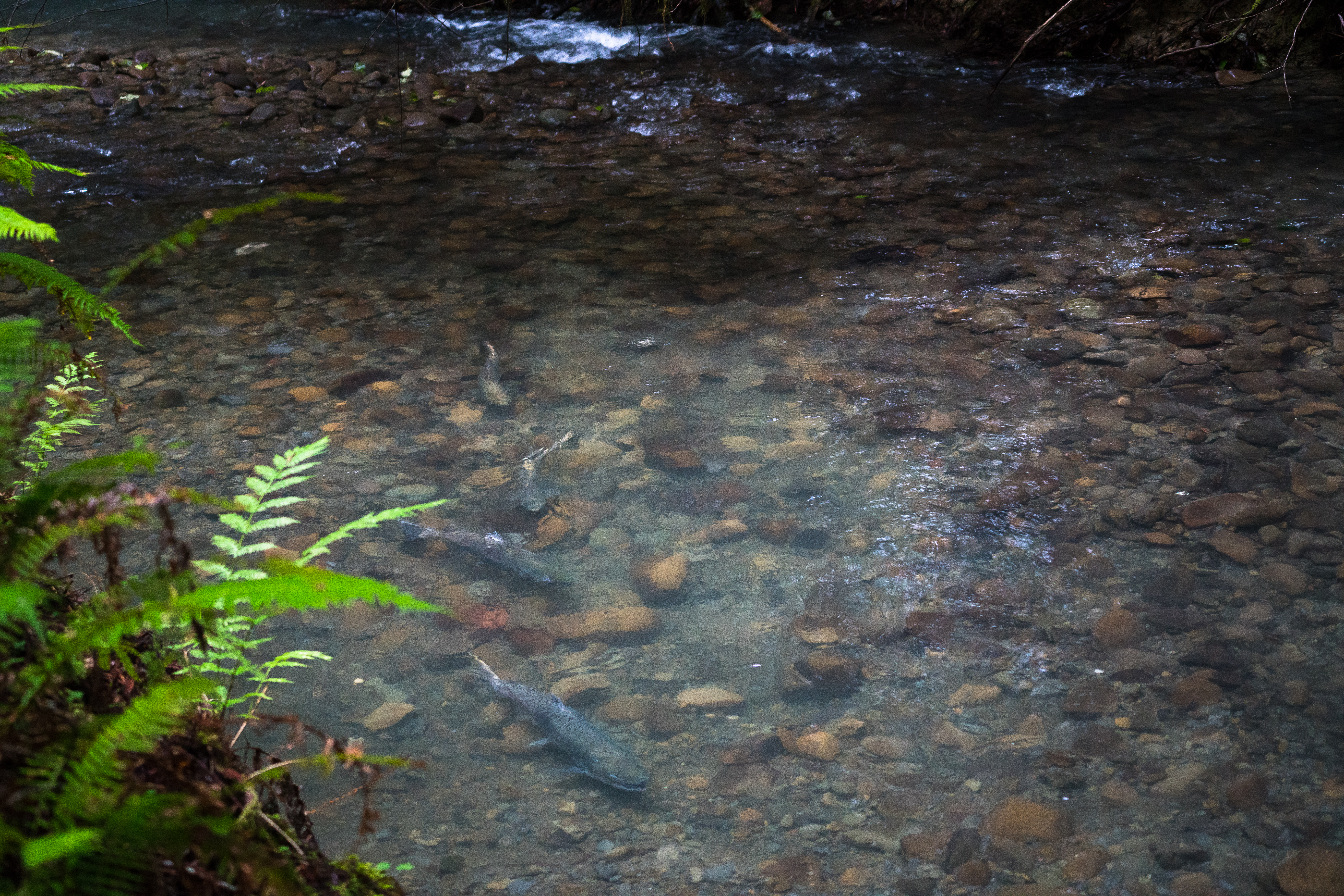
Political issues aside, the Eel’s story of excess, decline and rebirth of its wild fish is told beautifully in A River’s Last Chance. Anderson, who despite his deep roots in the Pacific Northwest, has an emotional attachment to the Eel, is filled with a feeling many have lacked or been leery about embracing over the last half-century: hope.
“I think we’ll get to over 100,000 Chinook. If you look at it there’s no harvest; there are no hatcheries; the timber practices have dramatically changed. There’s a really good chance that (Potter Valley Project’s dam is) coming out, especially how that PG&E has said they’re going to auction it off. And at the very minimum, even if the dam stays there will be better management of it,” he says.
“And there all these habitat projects in the estuary being redone and dug out. CalTrout just pulled out a barrier in (Mendocino County’s Woodman Creek) and they’re doing it right now. It’s going to access another 14 miles (of spawning water). So we’re going to keep building with this restoration economy and we’re already seeing a lot of the spawning tributaries heal from a lot of the last wave of the timber boom in the mid-90s. So I’m just seeing recovery all over the place… I don’t see another boom/bust in the future. I don’t even know what that would be. How can you not be optimistic? I think it’s the first time in the Eel’s history and the salmon’s history that they actually have people on their side.”
Rodriguez on an all-women’s salmon fishing trip in San Francisco Bay and the Pacific (October)

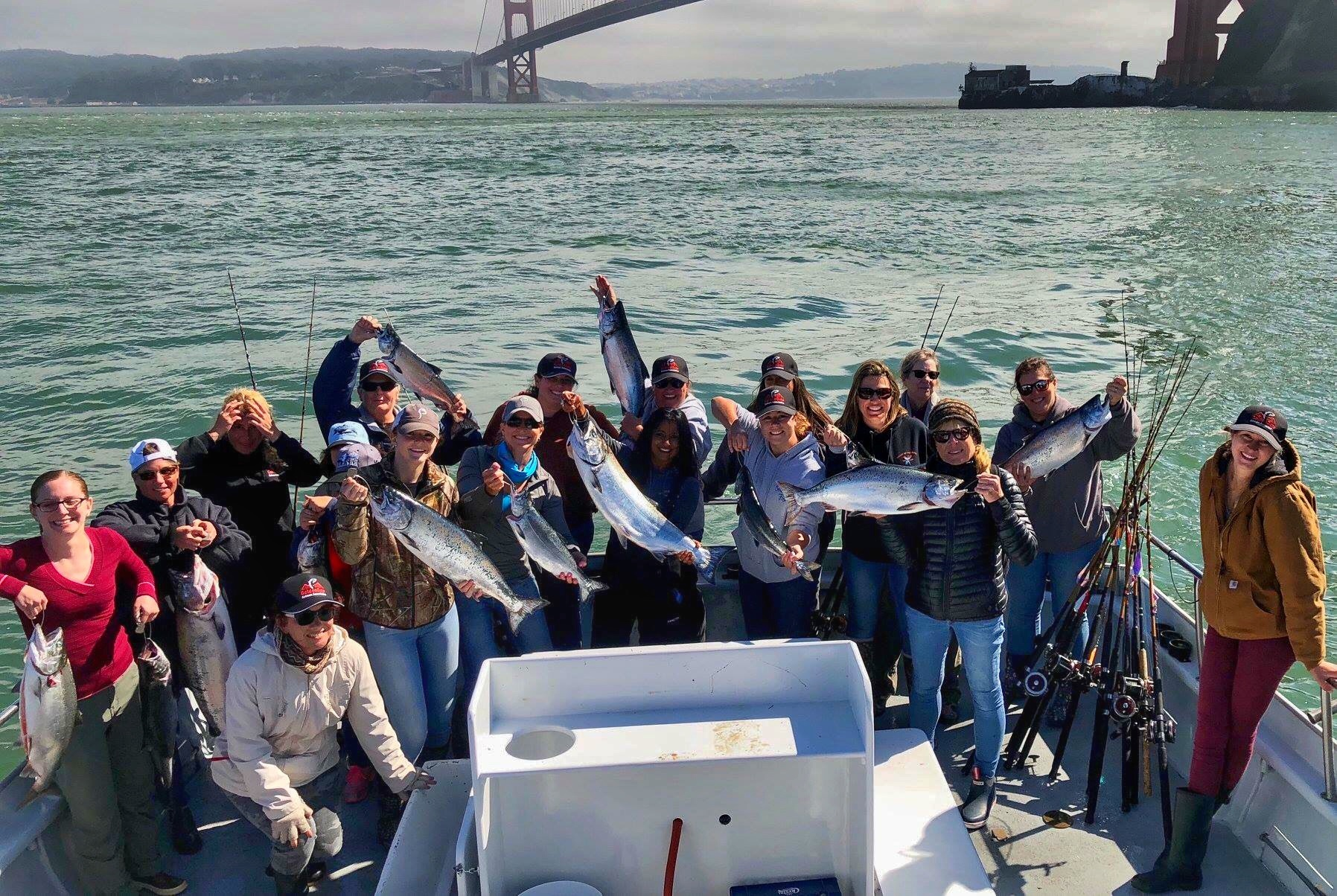
As the hours and miles drifted by, my throat became hoarse and my hand sore. These feelings weren’t brought on by the cold or a strained tendon; it was from hooting and hollering and endless high-fives from salmon after salmon being brought onto the boat! These women certainly could fish! The 21 women on our boat (including me) were from all over California. And the coolest part was some had never caught a salmon and a few had hardly wet a line before this day. Talk about excitement!
Cat and the GGSA seriously spoiled us with breakfast, lunch, drinks and even chocolate! We all received GGSA hats and shirts and some of us were even lucky enough to leave with dinner: freshly caught salmon.
The fishing gear was well maintained and the boat was in tiptop shape – spotless and it even had two heads. As “Fish on” was being yelled from bow to stern, the ladies’ excitement grew and grew.
We were blessed by several whale sightings and not so blessed when one very clever sea lion decided he needed one of the anglerettes’ salmon for lunch! We all had a laugh and raised our fists when Jessy pulled up nothing but a salmon head on the end of her line while the sea lion gulped down its tasty meal.
It’s hard to explain how much support was felt on this boat. I have been around men who will say, “Nice catch” or “Good job,” but there is no comparison to the support and encouragement women give to each other.
As we all started to get to know one another, the cheering grew louder. We even cheered on neighboring boats that we would see fighting a fish. How fun is that?
As the sun started to break through the coastal fog, Capt. Jared held strong in his desire to catch his ladies some fish and make this one of the best day’s on the water they’ve ever had.
The ladies ended up bringing home 16 fish, with many smaller salmon (future dinners) caught and released as well as a few lost kings. My niece even landed a silver, which was admired and quickly returned to the sea. The crew of the Salty Lady went above and beyond any of my expectations and I would be thrilled to go out on this boat again.
Scott Haugen on hunting brant on Humboldt Bay (November)
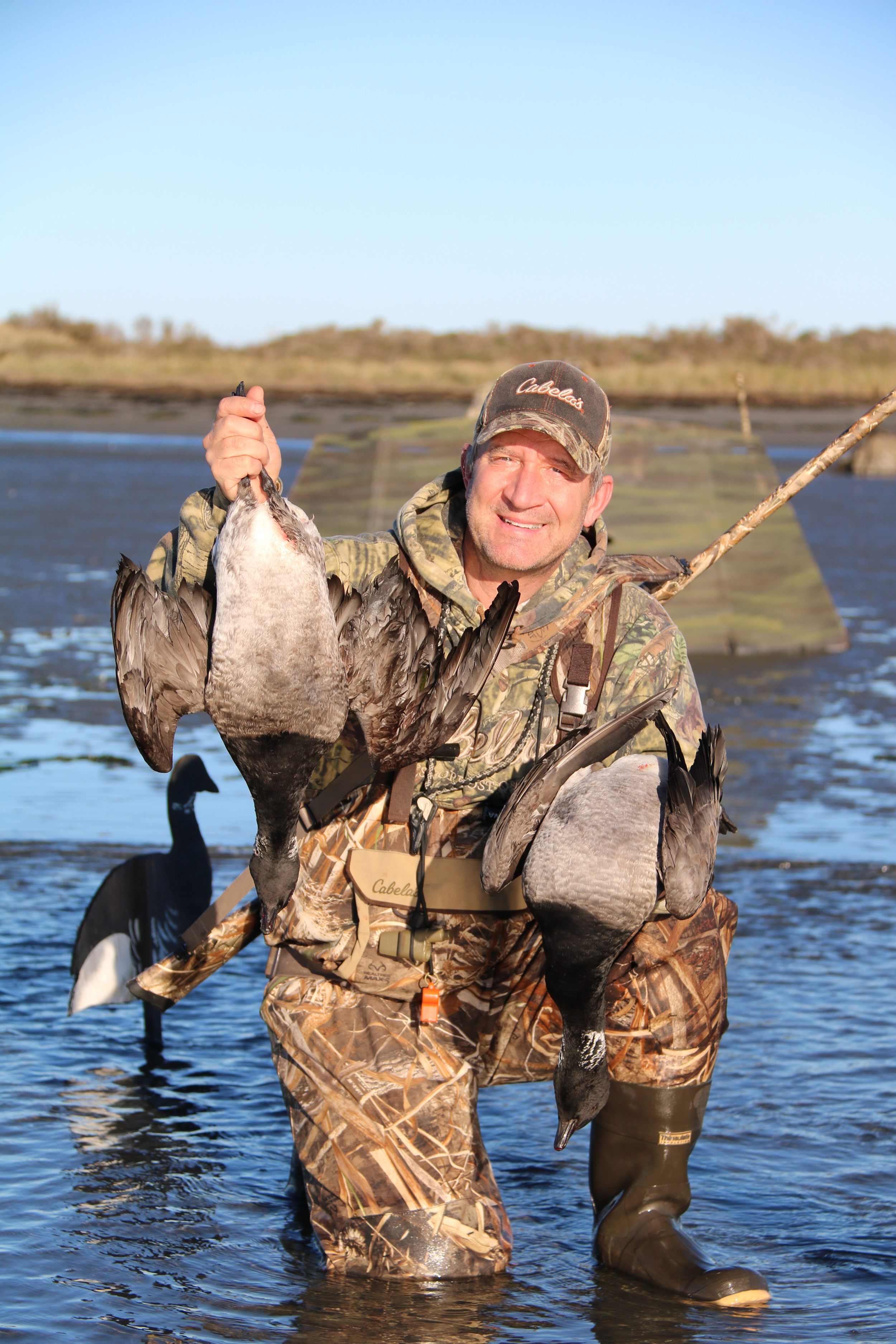
The shots came against a rising sun, so I had no idea if I was shooting at mature black brant or juvenile birds. A week prior I was brant hunting Cold Bay, Alaska, the black brant hunting capital of the U.S., and I took a possession limit of birds, including multiple brant with bands. I was hoping to bag a banded brant on this hunt, thinking how special it would be to get one that had been banded in Cold Bay.
But when I approached the downed brant, my search for a leg band instantly stopped. One of the birds was laying on its back, belly up. And what a belly it was. As light gray as a slab of slate, the lower breast was separated from the upper chest by a crisp, dark line. It was indeed a black brant, but what aficionados call a gray belly brant.
Gray-bellied brant look similar to Atlantic brant but are born in the Canadian high Arctic. In fall they migrate down the Pacific Coast line. Most of the 8,000-bird population winters in southern British Columbia and Washington’s Skagit County, north of Seattle.
I immediately knew what I had, and that it truly was the bird of a lifetime. Then I picked up the other brant, and it too was a gray belly. Just like that, my two-bird brant limit was secured, and what a limit it was.


